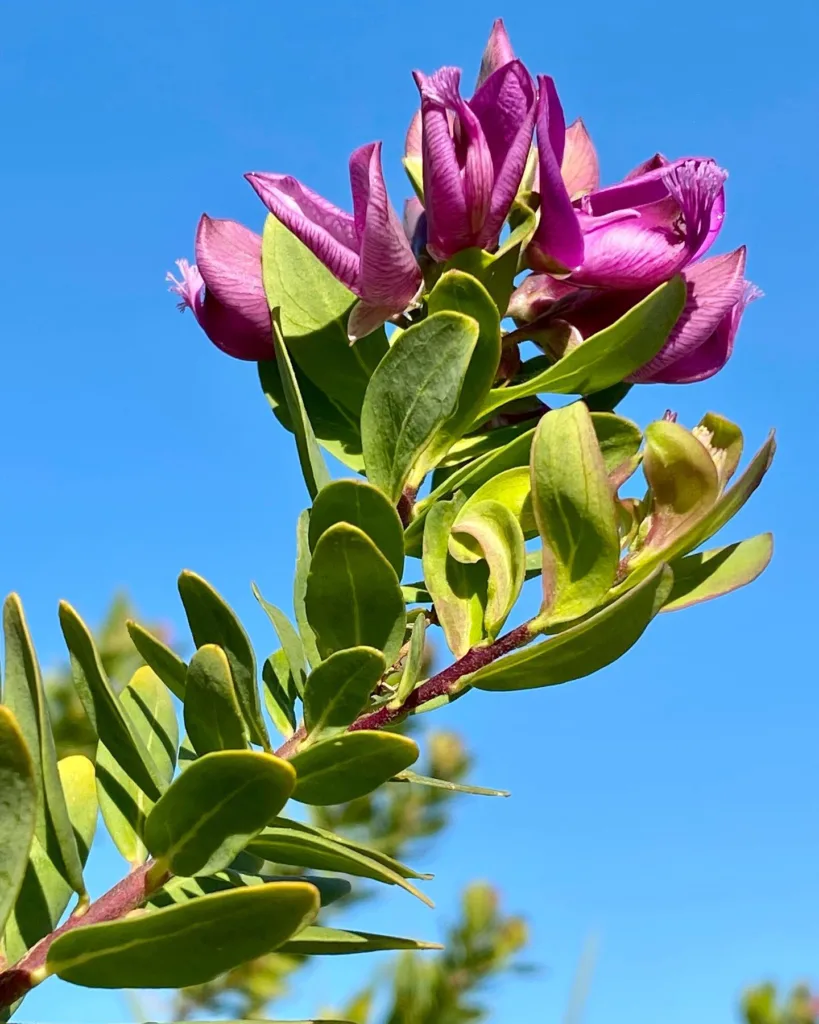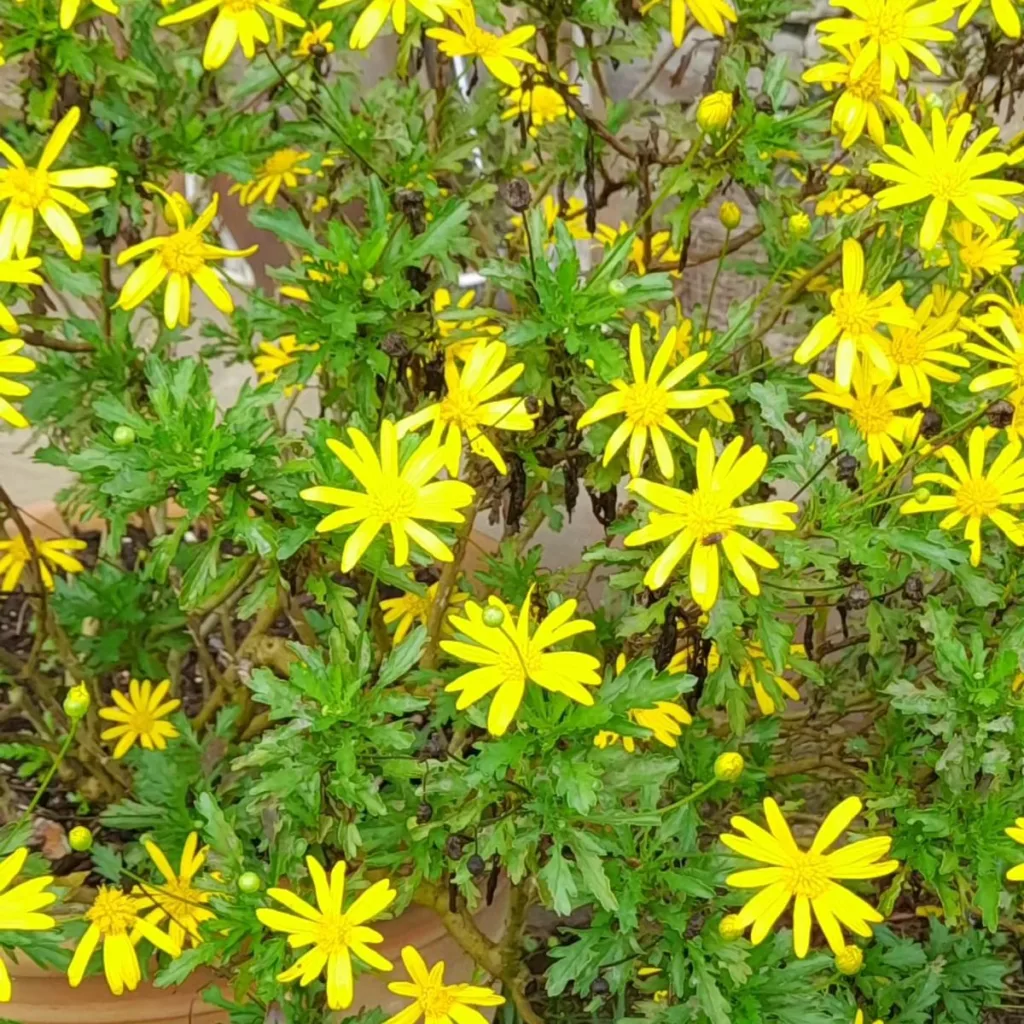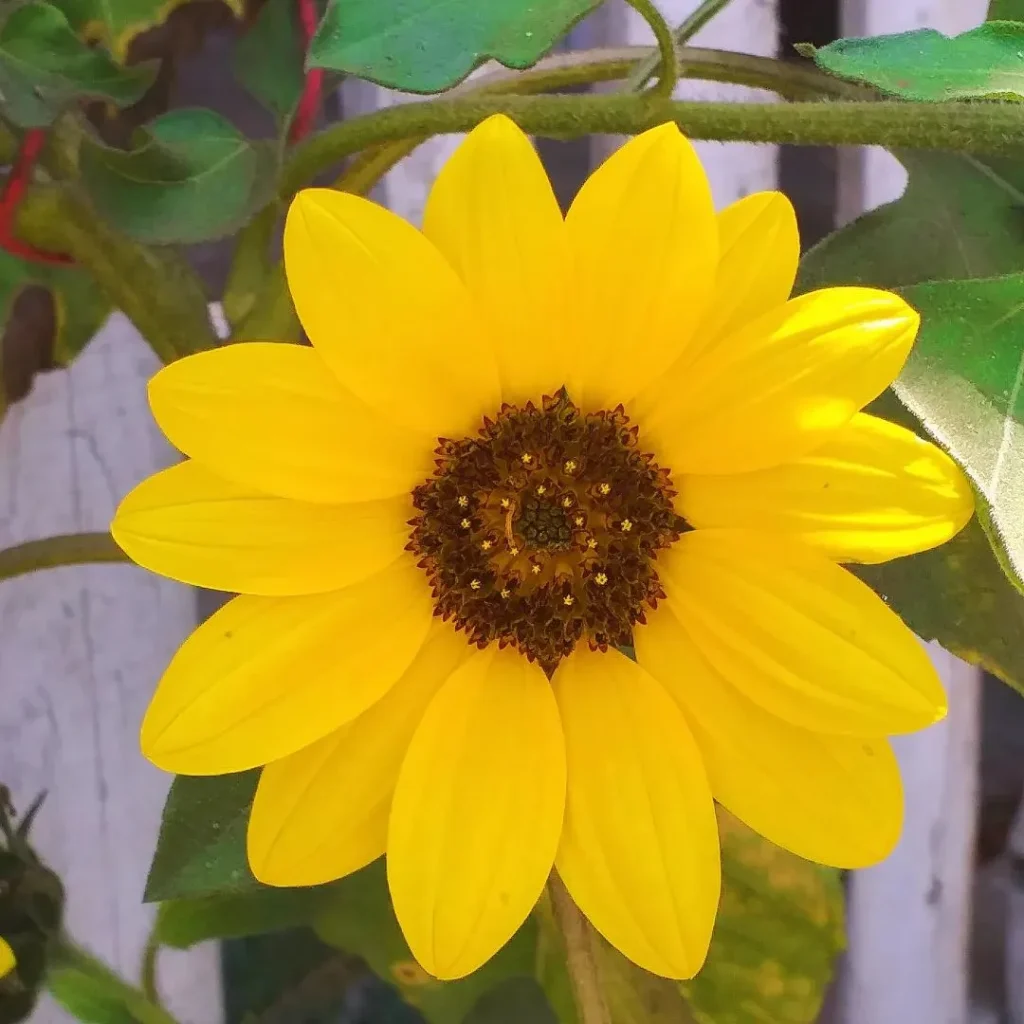My Fascination with Epiphyllum: Orchid Cacti
I, Ferb Vu, have always been drawn to the unusual and beautiful in the natural world. This is what led me to the captivating genus Epiphyllum from the Cactaceae family, more commonly known as orchid cacti. These plants, with their flattened, leaf-like stems and stunning, fragrant blooms, have held my interest for years. Native to the rainforests of Central America, they thrive in the humid, tropical environments where they cling to trees, their roots seeking moisture and nutrients from the air and rain.
Unique Morphology and Adaptations
Unlike the stereotypical image of a cactus, Epiphyllum species lack spines and have evolved to thrive in the filtered light of the rainforest canopy. Their flattened stems, often mistaken for leaves, are actually modified branches, perfectly adapted for photosynthesis in their shady habitat. This unique morphology allows them to capture the dappled sunlight that filters through the dense foliage above.
These epiphytic cacti have also developed aerial roots that enable them to cling to tree trunks and branches. These roots not only provide support but also absorb moisture and nutrients from the humid air and rainwater that trickles down the bark of their host trees.
Exquisite Blooms
Perhaps the most captivating feature of Epiphyllum is their exquisite flowers. These large, often fragrant blooms come in a wide array of colors, from pure white and delicate pastels to vibrant reds, oranges, and yellows. The flowers typically open at night, releasing their intoxicating fragrance to attract nocturnal pollinators like bats and moths. This ephemeral beauty, lasting only a day or two, adds to the allure of these remarkable plants.
Diversity within the Genus
The genus Epiphyllum encompasses a fascinating diversity of species, each with its own unique characteristics:
- Epiphyllum oxypetalum: Known as the “Queen of the Night,” this species boasts large, white flowers that bloom only once a year, releasing a powerful fragrance that fills the night air. Plant FAQs: Epiphyllum Oxypetalum
- Epiphyllum hookeri: This species produces long, slender stems and large, white, nocturnal flowers with a sweet fragrance.
- Epiphyllum phyllanthus: This species is distinguished by its large, pink flowers with prominent stamens.
- Epiphyllum baueri Dorsch
- Epiphyllum cartagense (F.A.C.Weber) Britton & Rose
- Epiphyllum chrysocardium Alexander
- Epiphyllum grandilobum (F.A.C.Weber) Britton & Rose
- Epiphyllum laui Kimnach
- Epiphyllum pumilum Britton & Rose
- Epiphyllum thomasianum (K.Schum.) Britton & Rose
Hybrids and Cultivars
In addition to the naturally occurring species, there are countless hybrids and cultivars of Epiphyllum that have been developed by plant enthusiasts over the years. These hybrids often exhibit even more spectacular blooms, with a wider range of colors, shapes, and sizes. The creation of these hybrids has further expanded the diversity and appeal of Epiphyllum, making them a popular choice for collectors and hobbyists.
My Personal Connection
My own journey with Epiphyllum began with a single cutting gifted to me by a friend. I was immediately captivated by its unusual form and the promise of its beautiful blooms. Over time, my collection has grown, and I now cultivate several different species and hybrids. I find great satisfaction in nurturing these plants, watching them thrive, and witnessing the breathtaking beauty of their ephemeral flowers.
The cultivation of Epiphyllum has not only brought me closer to the natural world but has also taught me patience and appreciation for the subtle nuances of plant care. Each species has its own unique requirements, and learning to understand and meet those needs has been a rewarding experience.
Conclusion
The genus Epiphyllum holds a special place in my heart. These remarkable plants, with their unique adaptations, stunning blooms, and diverse array of species and hybrids, continue to fascinate and inspire me. I believe that the beauty and resilience of Epiphyllum serve as a reminder of the wonders of the natural world and the importance of preserving the delicate balance of our ecosystems.
If i die, water my plants!



